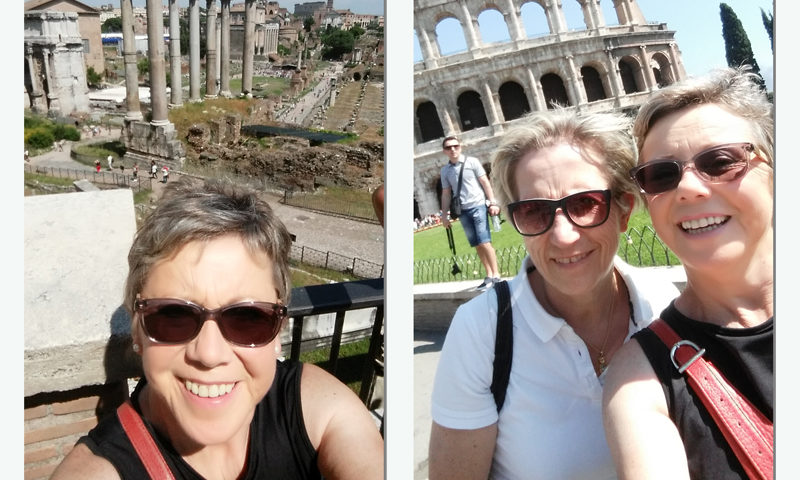Discovering and Exploring Perugia, Italy

My time in this Italian region during my Teach in a Homestay program was one of generous hospitality and new cherished friendships, leaving me with the desire to return to explore and experience more of what Perugia and Umbrian region have to offer.
Disclaimer: I urge you to read on; however, up front I apologize for my flowery, romantic ramblings. You cannot help but be caught up in the ‘ Love is in the air’ mentality as you dreamily watch passer buys slurp their gelatos while avoiding scooters skilfully traversing narrow alleyways and steep inclines. In fact I would go as far as challenging anyone visiting Perugia (commonly referred to “Green Heart of Umbria”) to not come away ‘smitten’ and a little in love.
Perugia is the Capital city of the region of Umbria in central Italy. Perugia is located about 164 kms north of Rome, and 148kms south-east of Florence. The region is of Umbria is bordered by Tuscany, Lazio and Marche.
Perugia is the main city in Umbria where you can soak up the cosmopolitan atmosphere, take in a walking tour of cultural and architectural significance, and be “gob smacked” by the remains of Etruscan settlement. Explore an underground city , follow the aqua ducts and bask in the vibrancy of alfresco dining among the multi-cultural population of students attending the two renowned universities and the many tourists visiting this impressive city.
Whilst in the Umbrian region, there are short distance trips to small medieval towns nearby, with their impressive churches and handcrafted bell towers. The stone houses have window boxes overflowing with colorful flowers perched on hilltops overlooking the rolling green hills of Umbria. The bold red geraniums flourish in terracotta pots giving the “air of romance” to these historical villages.
Following a visit to one such small village, Gubbio, I learned Gubbio is one the earliest villages with ancient origins. By day, Gubbio provides a look into its rich history. It was made famous for the discovery of a set of bronze tablets that together constitute the largest surviving text in ancient Umbrian. History has it that after the Roman conquest in the 2nd century BC, the city remained important and was home to a Roman theater, the second largest surviving in the world. During the summer, the Roman Theatre holds several music and theatre performances as part of Gubbios cultural life. Exquisite Gothic style homes dating back to 14th and 15th centuries line narrow streets where you can wander through the churches and cathedrals. By night, the narrow alleys lead you to charming restaurants and gastronomic indulgences.
Just 19 kilometres from Perugia is the birthplace of St. Francis, Italy’s patron Saint. St Francis was born in Assisi around 1182, the son of a well to do cloth merchant. Francis abandoned his worldly ambitions, instead becoming a humble unassuming character. Thereafter, he became a mystic who had visions of Christ and Mary. He composed poetry of the beauty of nature and founded the famous order of friars known as the Franciscans. Assisi is an exceptionally well preserved medieval town with a feeling of peacefulness.
Further reading provides the origins of Lake Trasimeno, just a 20 kilometre trip from Perugia near the Tuscan border. The lake accommodates three small islands which can be reached by boat. History reveals that three million years ago there was a small sea in this area of Umbria. A depression formed by geologic fractures allowed the present- day Lake Trasimeno to form. The lake offers recreational boating, swimming ,fishing with a 50km cycle track established to allow tourists and locals the opportunity to explore.